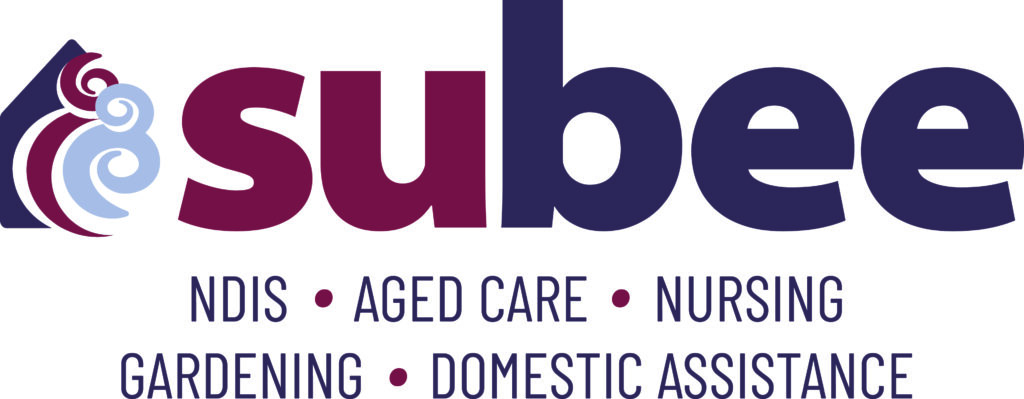The Department of Health has posted a Fact Sheet we would like to share with you.
Information about routine environmental cleaning and disinfection in the community
25 March 2020
This information sheet should be read in conjunction with the ‘What you need to know’ and‘Isolation guidance’ information sheets at www.health.gov.au/covid19-resources
Cleaning is an essential part of disinfection because dirt and grime can inactivate many disinfectants. Cleaning reduces the amount of dirt and so allows the disinfectant to work. Removal of germs such as the virus that causes COVID-19 requires thorough cleaning followed by disinfection.
The length of time the virus that causes COVID-19 can survive on inanimate surfaces varies depending on factors such as the amount of contaminated body fluid (e.g. respiratory droplets) or
soiling present, and environmental temperature and humidity.
Coronaviruses can survive on surfaces for many hours or more but are readily inactivated by cleaning and disinfection.
It is good practice to routinely clean surfaces as follows:
- Clean frequently touched surfaces with detergent solution (see diagram below).
- Clean general surfaces and fittings when visibly soiled and immediately after any spillage.
Routine environmental cleaning requirements can be divided into two groups1:
Social contact environments
Social contact environments include (but are not limited to), transport vehicles, shopping centres and private businesses. The risk of transmission of COVID-19 in these settings can be minimised
through a good standard of general hygiene. This includes:
- Promoting cough etiquette and respiratory hygiene.
- Routine cleaning of frequently touched hard surfaces with detergent/disinfectant solution/wipe.
- Providing adequate alcohol-based hand rub (sanitiser) for staff and consumers to use. Alcohol-based hand sanitiser stations should be available, especially in areas where food is on display and frequent touching of produce occurs.
- Training staff on use of alcohol-based hand sanitiser.
- Consider signs to ask shoppers to only touch what they intend to purchase.
- Vehicle air-conditioning should be set to fresh air

How can we help prevent the spread of COVID-19?
Hand hygiene is the single most important way to prevent the spread of infection
- Soap and water can be used for hand hygiene at any time and should be used when hands are visibly soiled
- Alcohol-based hand rub (sanitiser) can be used if soap and water are not readily accessible, except when hands are visibly soiled.
- Cleaning hands regularly also helps to reduce environmental contamination.
- Wash your hands before and after eating, and after going to the toilet
Sneeze/cough etiquette and respiratory hygiene is the best defence against respiratory viruses
- cover your cough or sneeze with a tissue and dispose of tissue immediately.
- or cough/sneeze into the bend of your elbow.
- wash your hands or use alcohol-based hand sanitiser.
Practice physical distancing (stay more than 1.5 metres from people, if possible) and, if unwell, avoid contact with others,
You can find out more about how to stop the spread of COVID-19 at
https://www.health.gov.au/news/launch-of-the-coronavirus-covid-19-campaign
More information
While coronavirus is of concern, it is important to remember that most people displaying symptoms such as fever, cough, sore throat or tiredness are likely suffering with a cold or other respiratory illness—not coronavirus.
For the latest advice, information and resources, go to www.health.gov.au
Call the National Coronavirus Health Information Line on 1800 020 080. It operates 24 hours a day, seven days a week. If you require translating or interpreting services, call 131 450.
The phone number of each state or territory public health agency is available at www.health.gov.au/state-territory-contacts
If you have concerns about your health, speak to a doctor.

